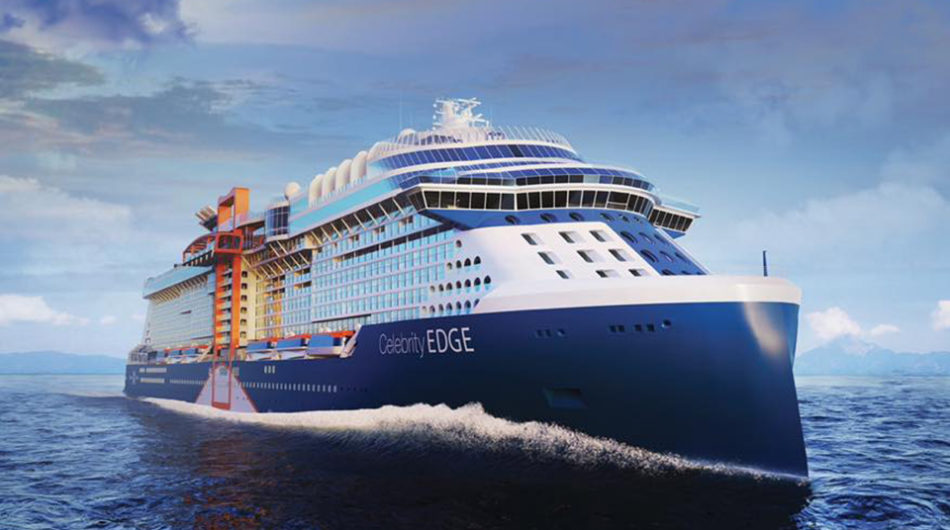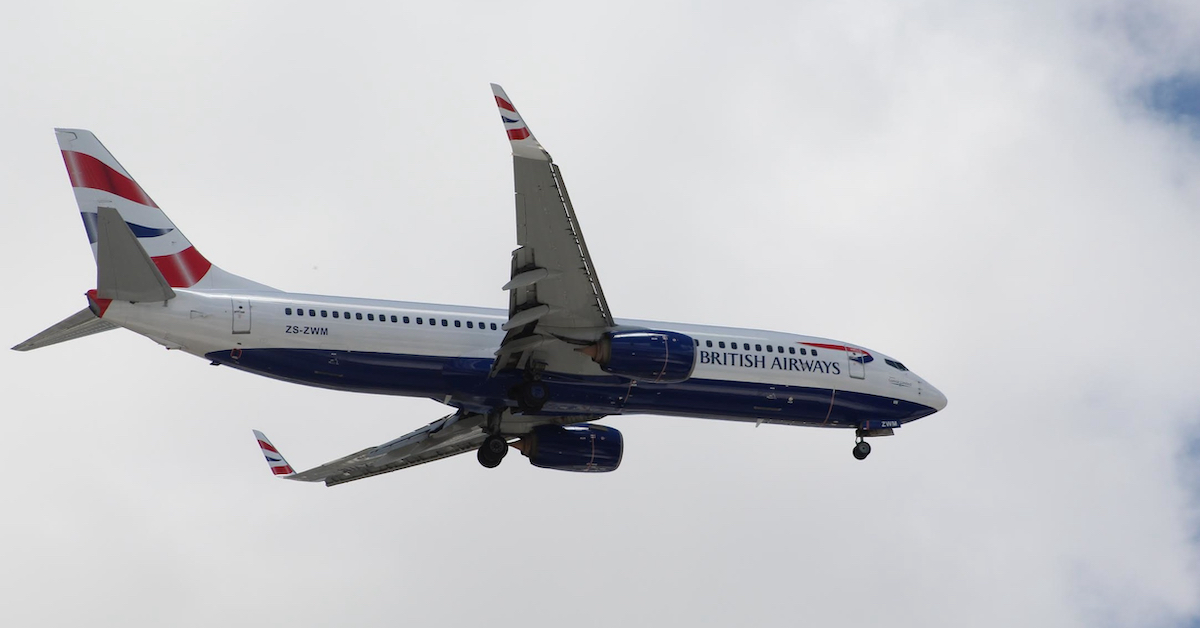U.S. Airlines See Revenue Strength Even as Fuel Cost Rises
Several U.S.-based airlines on Tuesday cut first-quarter capacity assessments but hiked revenue projections in the face of high fuel costs and opted against introducing new fuel surcharges. Still, several airline senior executives during Tuesday's J.P. Morgan Industrials Conference expressed...

Several U.S.-based airlines on Tuesday cut first-quarter capacity assessments but hiked revenue projections in the face of high fuel costs and opted against introducing new fuel surcharges. Still, several airline senior executives during Tuesday's J.P. Morgan Industrials Conference expressed confidence in business travel's recovery through 2022 and beyond.
Carriers that updated capacity and revenue guidance Tuesday in filings with the U.S. Securities and Exchange Commission include American Airlines, Delta Air Lines, United Airlines and Southwest Airlines.
American Airlines
American revised its first-quarter capacity projection to be down in the range of 10 percent to 12 percent compared with the first quarter of 2019. Previously, the carrier projected capacity would decline between 8 percent and 10 percent. American also revised first quarter revenue guidance to be down approximately 17 percent compared with Q1 2019; previously, it projected a decline in the range of 20 percent to 22 percent.
American now anticipates Q1 average fuel costs of $2.73 to $2.78 per gallon versus the $2.41 to $2.46 it anticipated in January. It also reported that it does not have any fuel-hedging contracts outstanding, and assuming it does not enter into any future transactions to hedge its fuel consumption, "the company will continue to be fully exposed to fluctuations in aircraft fuel prices." Still, the improvement in revenue is expected to "more than offset" the increases in fuel and other expenses in the quarter, according to the company.
Outgoing CEO Doug Parker was bullish on the return of business travel during comments made at the J.P. Morgan Industrials Conference. Business travel is "coming back as people are returning to offices, as people are meeting back on the road," he said. "It is coming back rapidly."
Parker said that in November and December 2021, American's domestic business travel revenue was at about 40 percent of 2019 levels. In January and February, it fell to 30 percent. But in March so far, it was at 59 percent. The outlook for April was 66 percent.
While it may not be all the way back, Parker is confident business travel revenue will return in full. He gave an example of lawyers in the 1980s flying across the country to deliver documents, a then-lucrative revenue stream for airlines that today is all but nonexistent. "It was replaced by other business travel," he said. "The more people connect, the easier we make it for people to connect, the more likely they are to want to eventually go and meet each other. That's what I believe will happen again."
Delta Air Lines
The carrier now expects first-quarter capacity to be about 83 percent of 2019 levels, as compared with prior guidance of 83 percent to 85 percent. Like American, Delta anticipates stronger revenue than originally projected, at about 78 percent of 2019 levels compared with prior projections of 72 percent to 76 percent. The company expects a pre-tax loss in the quarter, but a pre-tax profit in March with stronger revenue offsetting higher fuel costs. Delta also anticipates an adjusted fuel price of $2.80 per gallon versus a prior projected range of $2.35 to $2.50.
With the higher fuel prices, the company needs to "recapture somewhere between $15 and $20 each way on a ticket, on an average ticket value of about $200," Delta president Glen Hauenstein said during the J.P. Morgan conference, adding that the company is "very confident" it will do so in the second quarter.
While Delta has not announced any new fuel surcharges, Hauenstein said that they "are only in the international arena. You don't have fuel charges domestically." Rather, he said the company could recapture fuel costs through strong demand, pricing changes, inventory control and "capacity on the margin" as tools to use to manage the situation.
Hauenstein added that the company had its highest cash sales day in its history last week, with more than "100 percent of sales restored last week," and capacity is at about 87 percent of pre-pandemic levels, with the capability of getting back to 100 percent capacity starting in September. "But we'll see as we get in the next 60 to 90 days," he said.
Delta's business travel segment is "rebounding nicely," and the company sees a correlation as more companies return to their offices, Hauenstein said. Further, at the close of the first quarter, corporate travel revenue is about 65 percent recovered from 2019 levels. "That is a component of a little bit over 60 percent in terms of passengers, and the yield that is favorable to 2019," he said.
Continued business travel recovery would help the carrier restore capacity further, along with Asia opening, Hauenstein said. "Korea is finally going to open for travel in and out as of April 1 this year, which is our main Asia hub, [but] China is going to be a long way off," he said.
United Airlines
Following the Covid-19 omicron variant case peak in January, "demand for travel has exceeded the company's previous expectations," according to the company. Business traffic has increased more than 30 points since the omicron peak, and system bookings for future travel have improved close to 40 points since the first week of 2022. As a result, United now expects first-quarter total operating revenue to be near the higher end of previous guidance, which projected a decline of 20 percent to 25 percent versus the first quarter 2019.
First-quarter capacity is expected to be down about 19 percent compared with Q1 2019, below previous guidance of 16 percent to 18 percent. In addition, United reduced its total capacity plan for full-year 2022 to be down in the high single digits versus full-year 2019. The company also anticipates Q1 fuel costs of $2.99 per gallon as opposed to the $2.51 estimated in January. Despite Q2 fuel-cost guidance of about $3.50 per gallon, United "continues to expect positive adjusted pre-tax income in the second quarter."
The company has a "few new obstacles" to overcome in 2022, such as higher fuel prices and the Russia-Ukraine conflict in Europe, which is delaying United's full recovery "a bit," with "lower completion factors in Q1 and lower asset utilization for the remainder of the next few quarters," EVP and CCO Andrew Nocella said during the J.P. Morgan conference. Still, the company expects a more stable environment in Q4.
United's business travel revenue is now close to 75 percent versus 2019, with business demand at about 70 percent, Nocella said, adding that the company expects to see business traffic continue to grow closer to 2019 levels. "Stronger business traffic in March absolutely helped our outlook versus where we thought we'd be in January," he said.
To recapture the rising cost of fuel, United has "adjusted capacity a little bit for the remainder of the year," Nocella added. "We continue to remain cautious on capacity, but we are following geopolitical events very, very carefully obviously."
He added, "We also believe very strongly that business traffic is a laggard that hurts United more than the average airline, and it's coming back, and you will see us accelerate."
Southwest Airlines
The company now expects first-quarter operating revenue of 8 percent to 10 percent below first-quarter 2019 levels, versus the prior estimate of a 10 percent to 15 percent decline. Capacity plans for the quarter will be nearly the same as anticipated: down 9 percent to 10 percent compared with Q1 2019, compared with the prior projection of 9 percent.
Southwest did not change its fuel-cost estimate of $2.25 to $2.35 per gallon for the quarter based on its fuel-hedging program. In addition, the company continues to expect a net loss in Q1, but a profit in March and for the remaining three quarters of the year.
The carrier credited current leisure trends and spring break travel of higher than 2019 levels for its expected improvement in revenue—though Southwest also had a systemwide fare increase on Feb. 1, CFO Tammy Romo said during the J.P. Morgan conference.
Managed business demand was weaker in January and February because of omicron, but Southwest now expects March 2022 managed business revenue to improve sequentially to down about 40 percent compared with March 2019.
"This represents a 10-point improvement from December 2021, when managed business revenues were down 50 percent," Romo said. "Based on our current trends in a fairly typical booking curve, we are optimistic about the seasonal uptick and leisure demand and a continuation of improvement in business travel demand in the second quarter."
Romo added that the company reduced capacity in March through May due to "the challenges with available staffing," and Southwest now expected second-quarter capacity to be down 7 percent versus Q2 2019. Second-half capacity is anticipated to be roughly flat with the second half of 2019. "We’ll continue monitoring staffing trends, demand trends and energy prices to determine if further capacity adjustments are needed beyond the cuts that we've already made."

 ValVades
ValVades 































